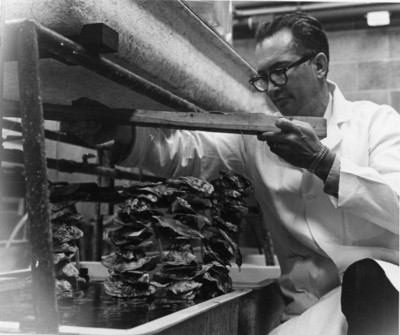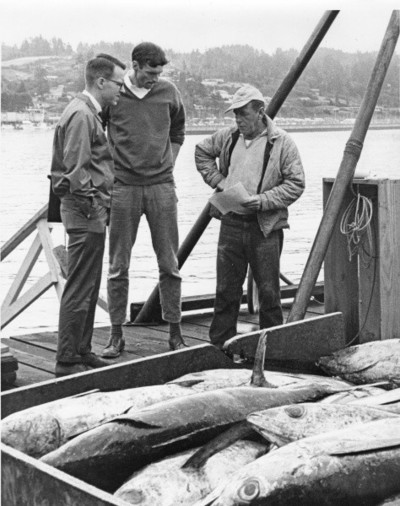In 1967, a visionary OSU Extension specialist, William Q. Wick, had an idea: Why not take the Extension model that had been so successful with agricultural interests and apply it to the similar-but-different challenges facing the people, communities, businesses, and natural resources of the Oregon Coast? Four years later that simple idea would result in OSU’s designation as one of the first four national Sea Grant College programs in the United States.
Extension had always served the coastal counties, just as it served the rest of Oregon. As early as the 1940s, Extension home economists were promoting greater consumption of seafood, and, as an agent in Tillamook during the early ‘60s, Wick himself had provided support and encouragement to the area’s developing oyster industry. But it wasn’t until his reassignment to the then-new Hatfield Marine Science Center in Newport that Wick began to poke, prod and, ultimately, guide Extension’s coastal efforts in a more marine-intensive direction.


